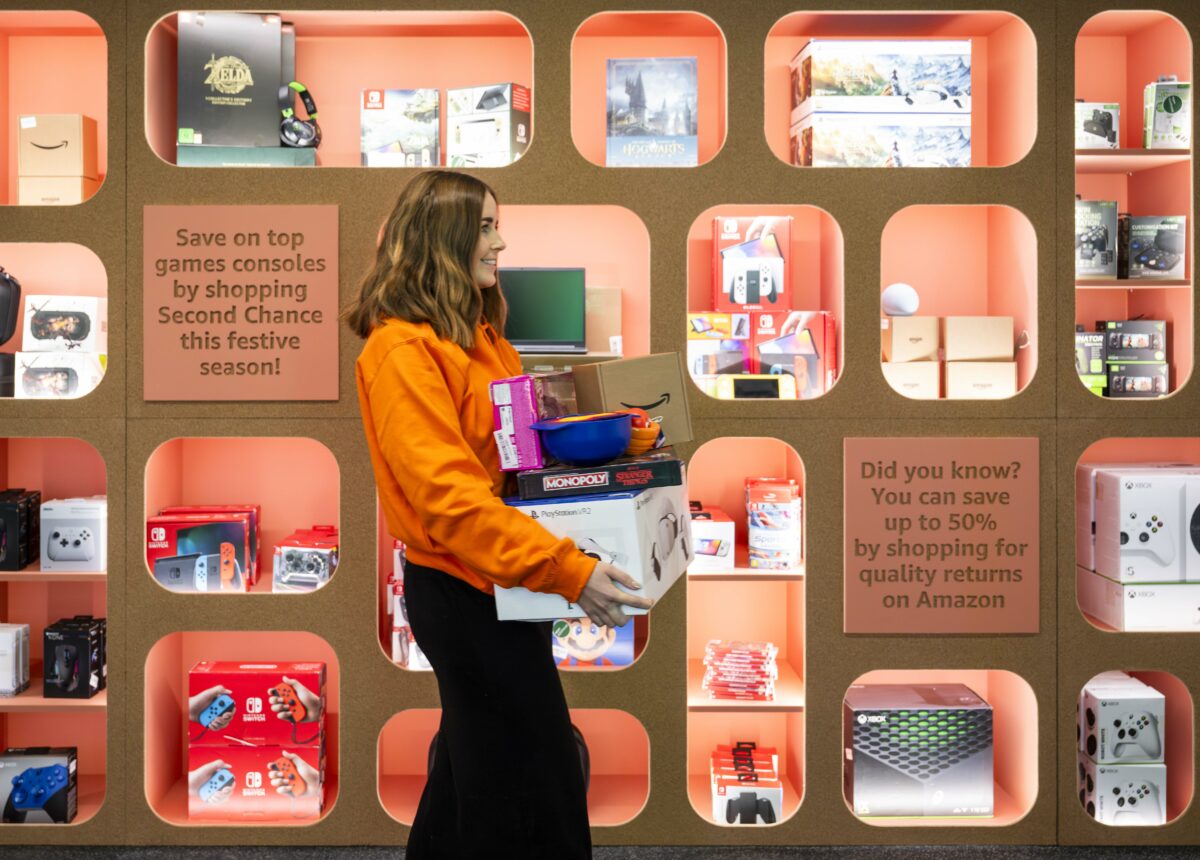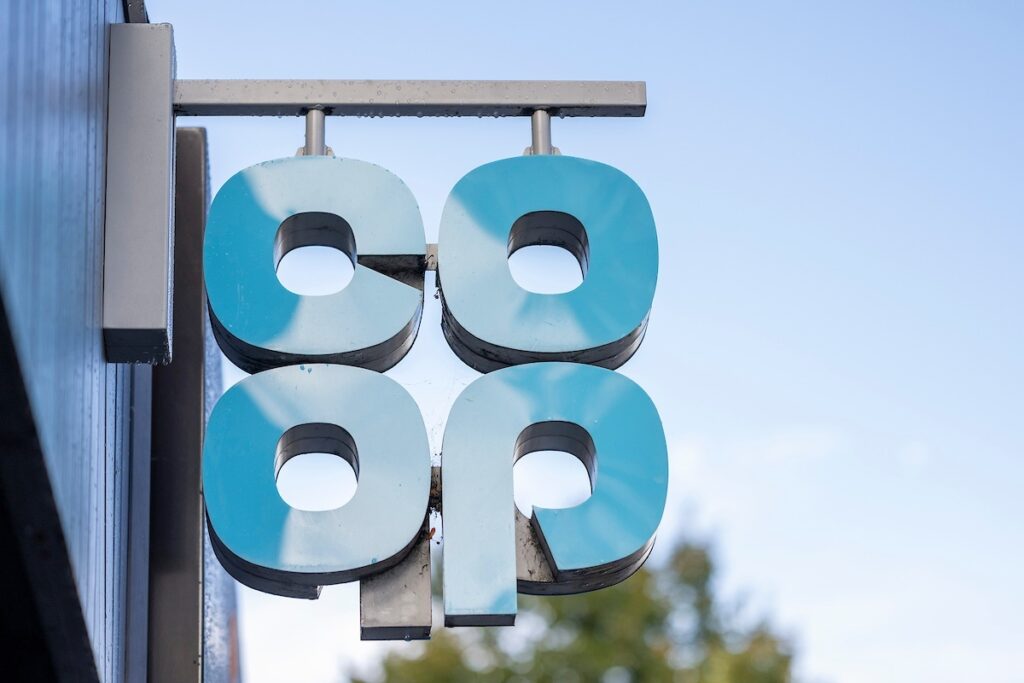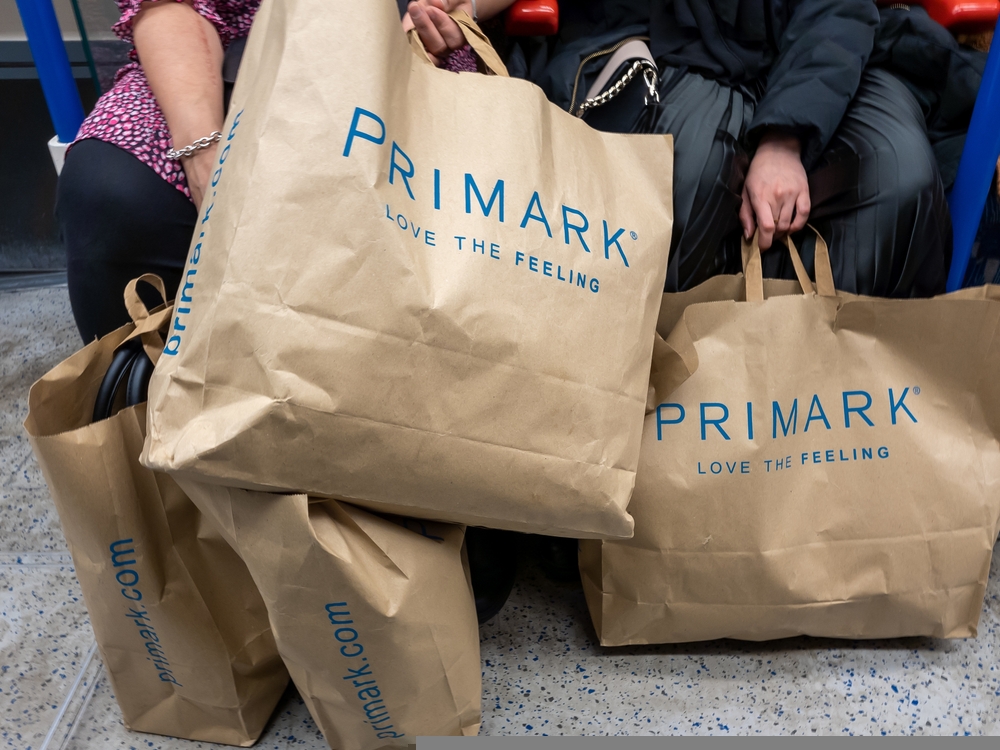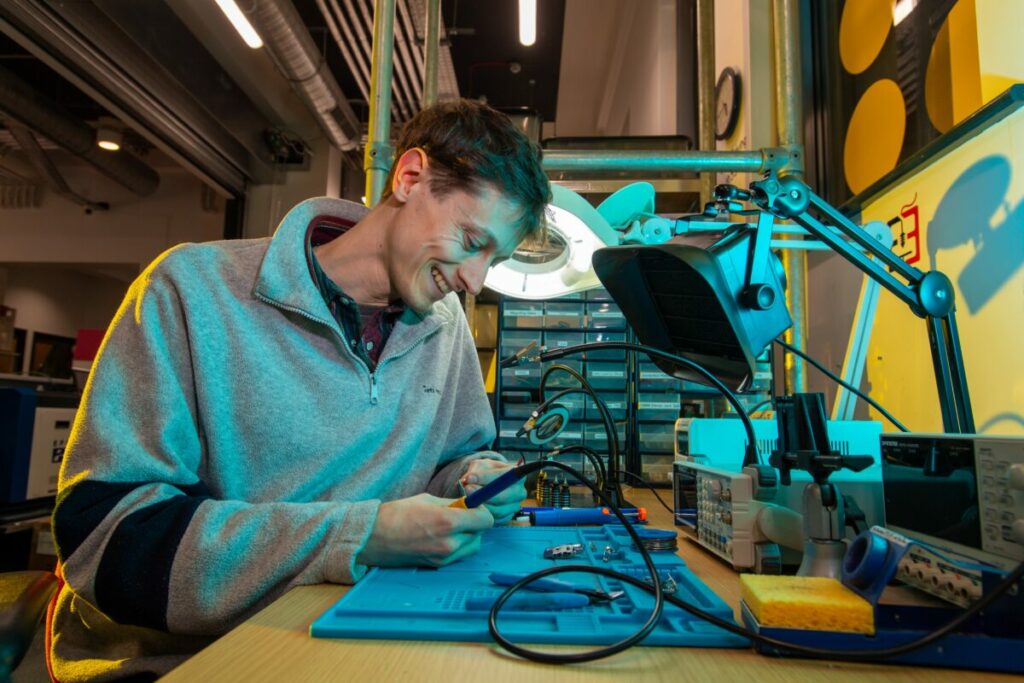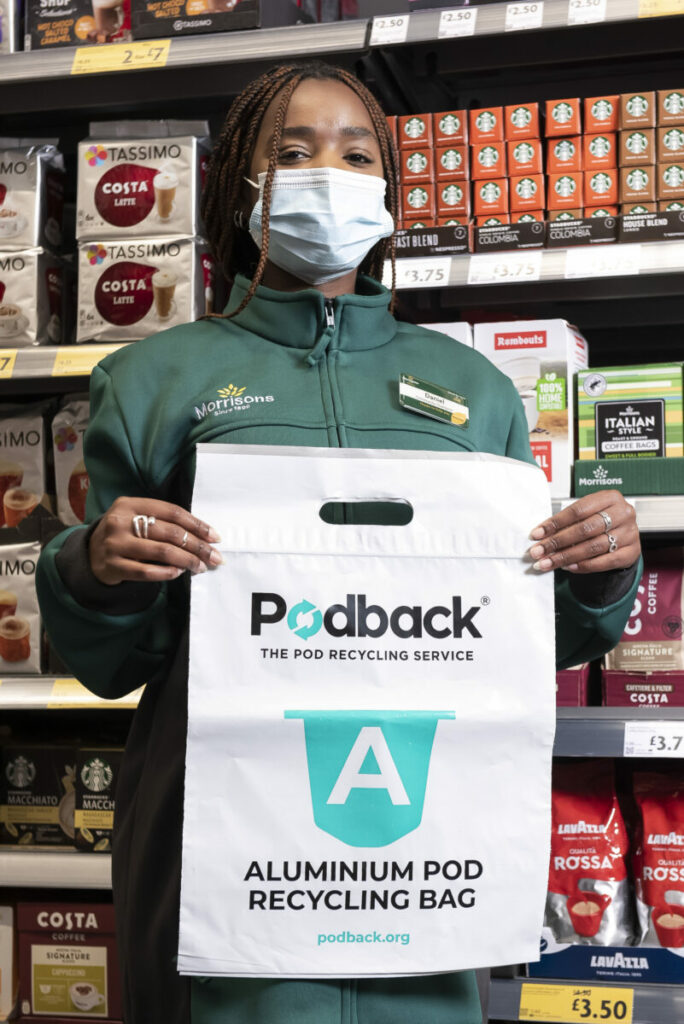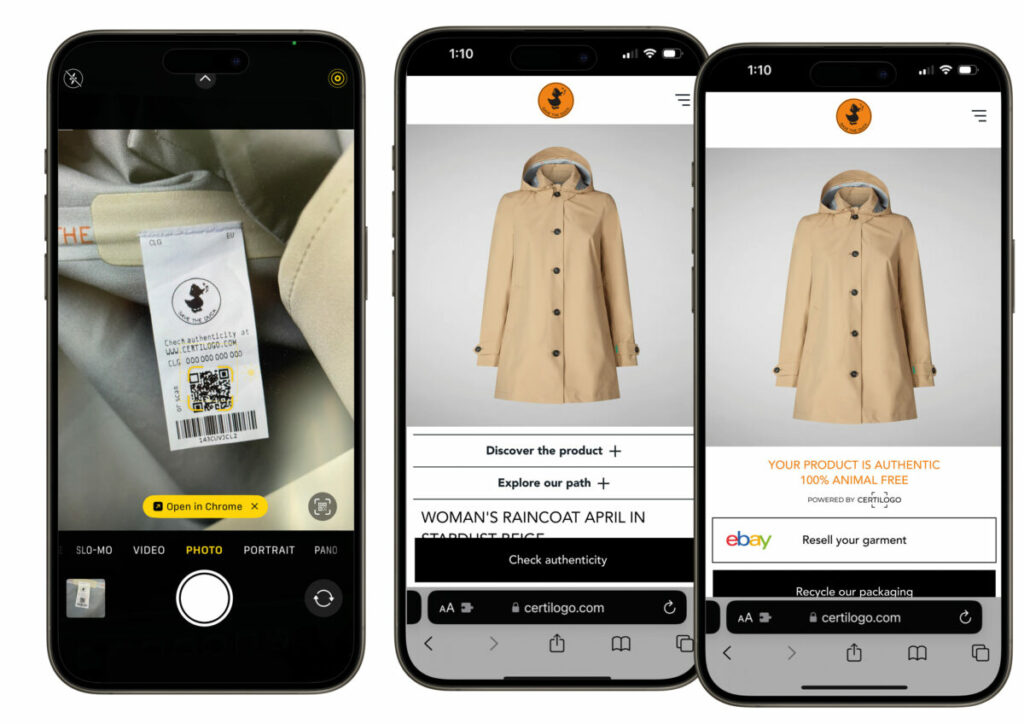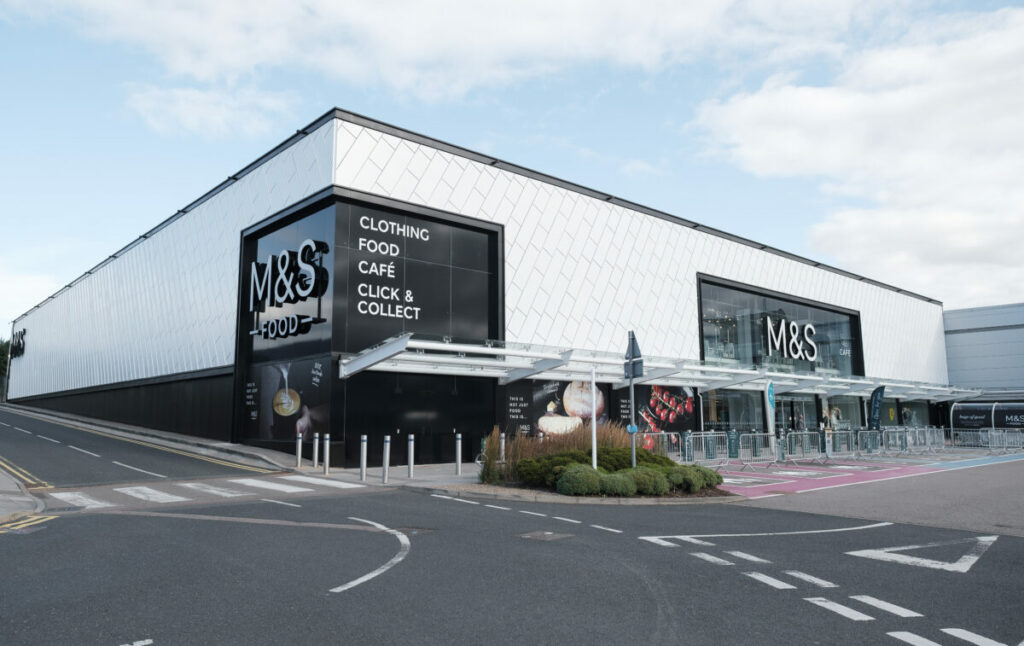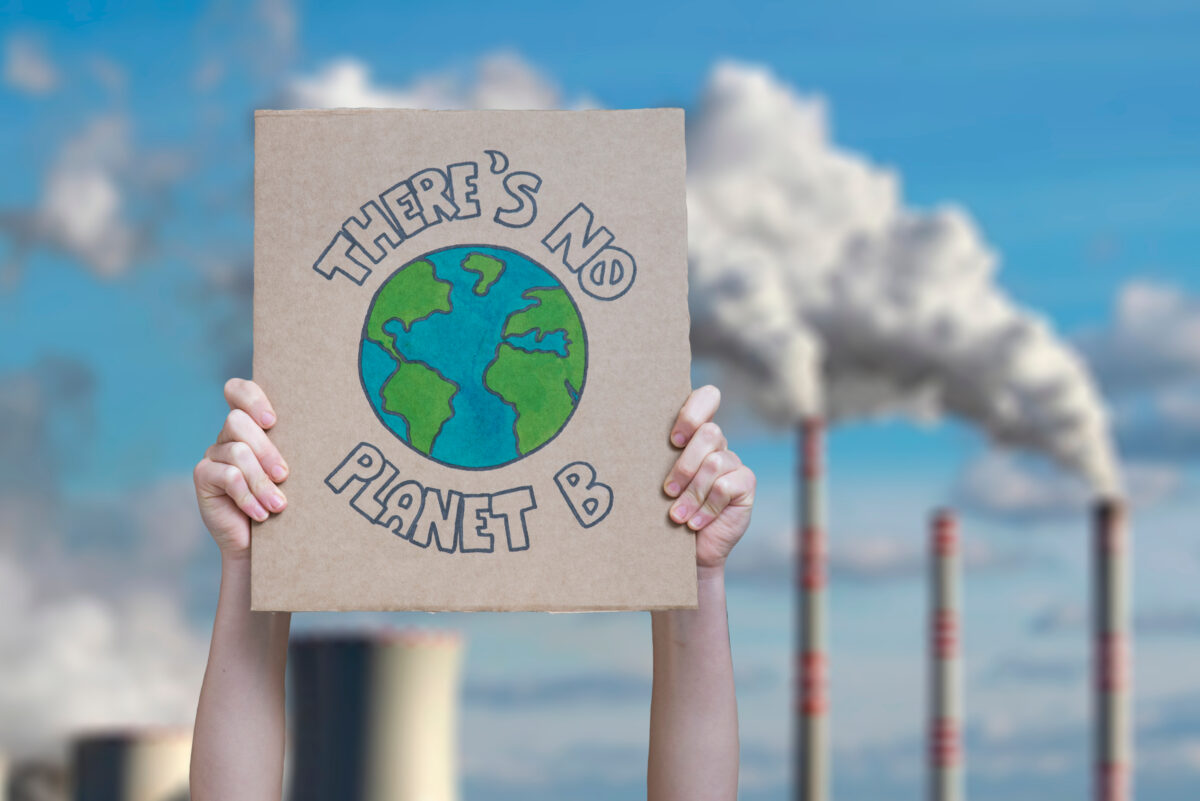Online retail can typically be divided into two categories. Fast versus slow, expensive versus affordable, exploitative versus sustainable… good versus bad.
It’s not as simple as that, of course, but the fast delivery and seamless shopping experience of big brands (like Amazon) is often pitched directly against the online second-hand marketplaces which allow savvy shoppers to bag a bargain while getting their retail therapy in a more sustainable fashion.
The latter are becoming increasingly well-known – Vinted, Depop and Back Market have all been making headlines over the past 12 months as the rise of online second-hand shopping takes UK consumers by storm. While much of the conversation centres around fashion, there’s also an increasing interest around rehoming kitchenware, upcycling furniture or refurbishing tech devices.
So it’s no surprise that Amazon quietly went about developing its own circular programme, Second Chance, which allows customers to buy returned or refurbished products online.
It started – as is perhaps only right, given Amazon’s literary roots – by initially offering ‘new or used’ options when buying books on the site. Since then, it’s become something of an underground hit, selling more than four million second-hand products in the UK last year.
In terms of what that means to Amazon’s business, UK country manager John Boumphrey revealed late last year that second-hand shopping on the site was now a £billion business across UK and Europe.
Sales of second-hand items on Amazon UK sales alone increased by more than 15% in the first nine months of 2023.
So while Amazon hasn’t exactly been keeping Second Chance secret, there’s clearly still some way to go before it is used by the 90% of the UK adult population who currently shop with Amazon.
Why Amazon opened a Second Chance Store
Towards the end of last year, Amazon looked to change this, launching a pop-up Second Chance store which allowed shoppers to buy returned or refurbished products in-person, as part of a wider awareness push about the circular initiative.
Open for a week in the run-up towards Christmas, the shop also featured a repairs zone where customers could drop off items which needed fixing or take part in free workshops helping them to elongate the life of their own electricals.
Opening the store, Boumphrey explained that Amazon had clearly identified the growing customer need for shopping second-hand, due to the dual crises’ of both the climate and the ever-rising cost of living.
“Customers are telling us that they’re shopping second-hand items to save money in the ongoing cost of living crisis,” Boumphrey told Sustainability Beat, prior to the launch.
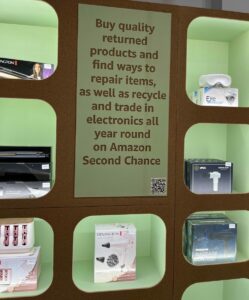
“But they also want to shop sustainably.”
It was working from data which had revealed that 53% of the British public enjoy looking for second-hand deals, with 34% saying they always seek second-hand or refurbished offers first.
Until now, it has primarily been customer demand and word-of-mouth which has driven second-hand shopping on Amazon UK, but with sales increasing exponentially, Boumphrey believes now is the time to push the service even further.
“The increase in demand for Second Chance items is good for customers, business and the planet,” he said.
“One of my passions is leaving Amazon to be a force for good in the UK.”
Subscribe to Sustainability Beat for free
Sign up here to get the latest sustainability news sent straight to your inbox everyday
Over the past 12 months, Amazon UK has facilitated the donation of more than 13 million products to more than 2,000 UK charities as it helps its independent sellers automatically donate their overstock or returned items automatically.
All proceeds from the pop-up Second Chance store went to Barnardo’s to support their work with children and young people.
Amazon expectations
As well as demand for sustainable products, Amazon director of Europe sustainability Zak Watts shares that customers also expect sustainable behaviour from businesses.
“We’re seeing an increase in customer expectations on Amazon in terms of environmental visibility,” he told Sustainability Beat.
So, Amazon set up the in-person store to showcase the work it’s doing to boost a circular economy and to raise awareness.
“Previously, the Second Chance programme was hidden away in different parts of the site,” says Watts.
“We’re investing in making it easier for consumers to find the products and understand the programme at the same time.”
All of the products sold as part of the Second Chance initiative – both online and in the pop-up – are items that have been returned and refurbished after a detailed inspection.
“We know that managing product returns is challenging for a lot of retailers – and it is for us as well – but we’re product to say that majority of returned products are put back on shelves for customers to buy again,” says Watts.
“Transitioning to a circular economy where, as far as possible, waste is eliminated and resources are kept in circulation for las long as possible, is critical to transition into a more sustainable future,” he adds.
A look back
Following the closure of the Second Chance Store, an Amazon spokesperson told Sustainability Beat the retailer was “pleased” with consumer behaviour with the store.
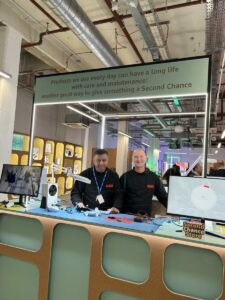
“We’re pleased with customers’ reactions to the store,” the spokesperson said.
“We saw really positive feedback from people coming in and with strong in-store sales, Barnardo’s was able to raise more than £100,000 across the two weeks’ it was open.
“Customers in-store told us they loved the demos in the Repairs Zone where they could participate in free repairs workshops from experts on-site, learning to fix broken laptops and household tech like gaming controllers and air fryers through live demonstrations.”
Additionally, 90% of the customers surveyed said they’ll be shopping at Second Chance online in the future.
“We’re really pleased with how the store brought to life what we’ve offered for years online,” the spokesperson added.


